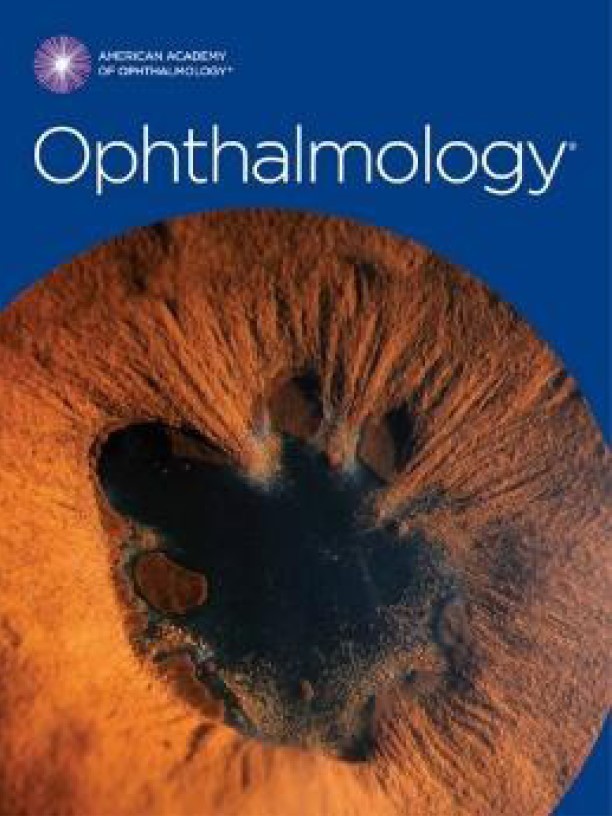
The upcoming issue of Ophthalmology, internationally recognized journal of the American Academy of Ophthalmology (AAO), will include a research article from specialists in the Department of Ophthalmology and Francis I. Proctor Foundation at UCSF including Julie Schallhorn, MD; Saras Ramanathan, MD; Julius Oatts, MD; Alejandra G. de Alba Campomanes MD; and Gerami Seitzman, MD.
A collaborative project of UCSF faculty with the University of Southern California (USC) and the AAO, the article captures the scope of eye trauma related to civil protests and the use of force as dispersal techniques.
During protests in the United States in the late spring of 2020,law enforcement agencies across the country utilized tear gas, pepper spray, batons, shields, and rubber bullets. Concern has been raised by protestors, activists, and health care organizations over theuse of these devices, especially during peaceful protests. Rubber bullets have been associated with ocular trauma and subsequent vision loss.
Rubber bullets have been associated with ocular trauma and subsequent vision loss.
The study identified 30 cases of ocular injuries during the protests, with 27% suffering a ruptured globe, 23% with an orbital fracture, 20% with a resultant macular hole, and 33% with permanent blindness in the involved eye.
In one large review, 2.7% of those struck by rubber bullets subsequently died from their injuries, with 15.1% developing a permanent disability. Reports from the news media from Chile, Venezuela, Hong Kong, and the United States recount the loss of sight in one or both eyes due to rubber bullets used against both protestors and journalists.




